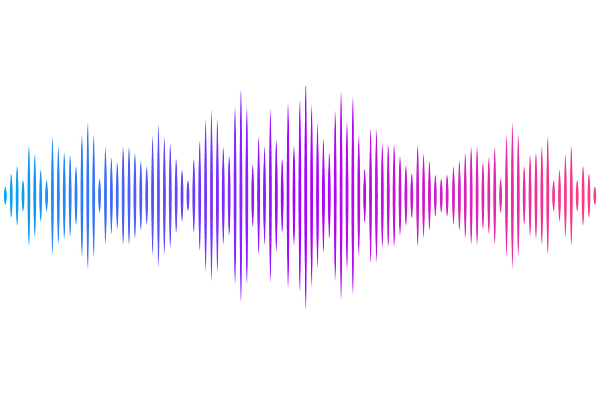Pregnant Dairy Heifers Express Influenza A Virus Receptors in the Mammary Gland

Pregnant Dairy Heifers Express Influenza A Virus Receptors in the Mammary Gland
Baker, P. H.; Glendenning, L. M.; Oliveira, M. X. S.; Cobb, B. A.; Enger, B. D.; Langel, S. N.
AbstractHighly pathogenic avian influenza (HPAI) A(H5N1) virus emerged in lactating dairy cattle in March 2024, causing mastitis-related disease and infections in other farm animals and workers. Recent work identified 2,6 and 2,3-linked sialic acids (SA), which serve as influenza virus receptors, in the lactating bovine mammary gland; however, their distribution across stages of mammary growth and development remains unknown. We compared the distribution of tissue sialylation in mammary glands of prepubertal dairy calves, pregnant dairy heifers, and lactating cows. Mammary glands at all physiological stages expressed both 2,6 SA, the preferred receptor linkage for human influenza viruses, and 2,3 SA, the preferred receptor linkage for avian influenza viruses. Importantly, mammary glands of pregnant dairy heifers exhibited the highest overall expression of 2,3 SA, observed in both tissue and alveolar lumens. Our results suggest that pregnant dairy heifers, like lactating dairy cows, are susceptible to H5N1 infection in the mammary gland.